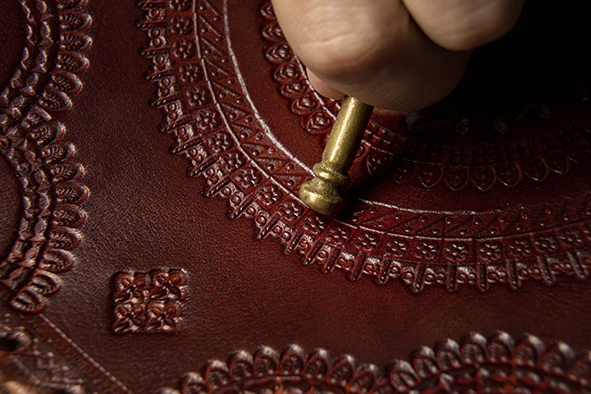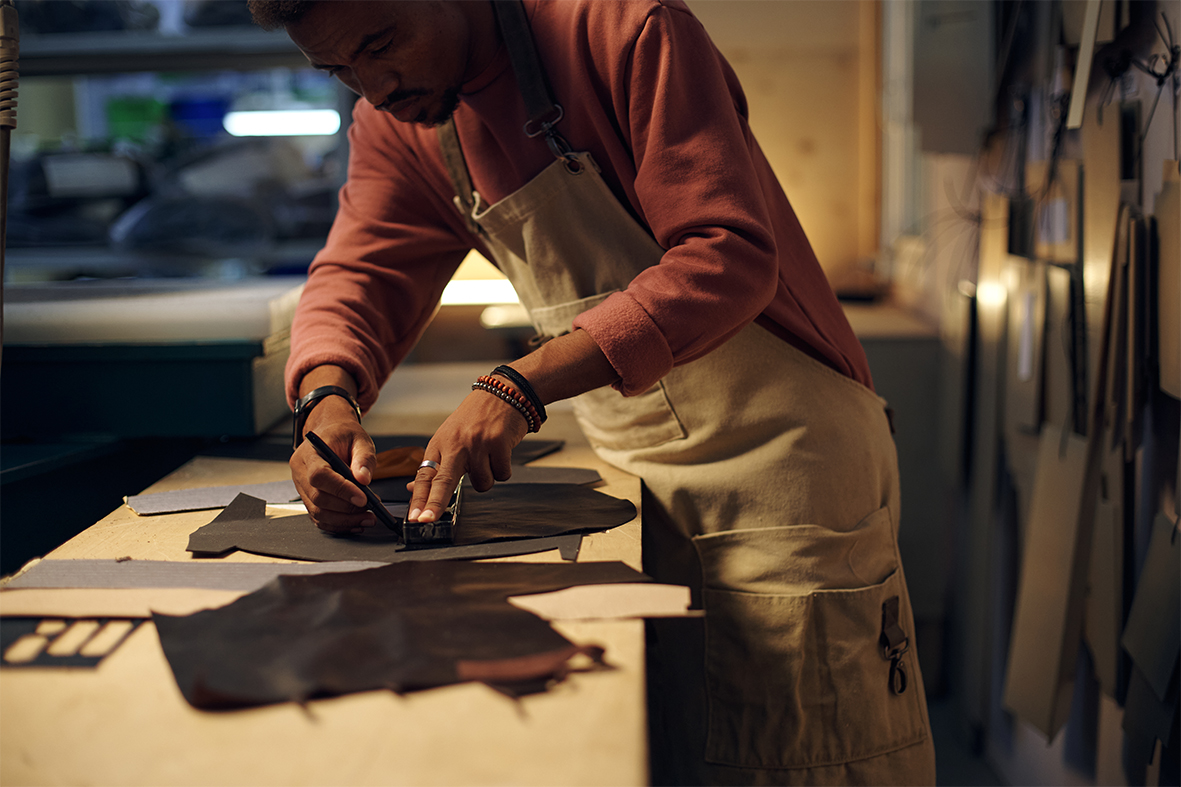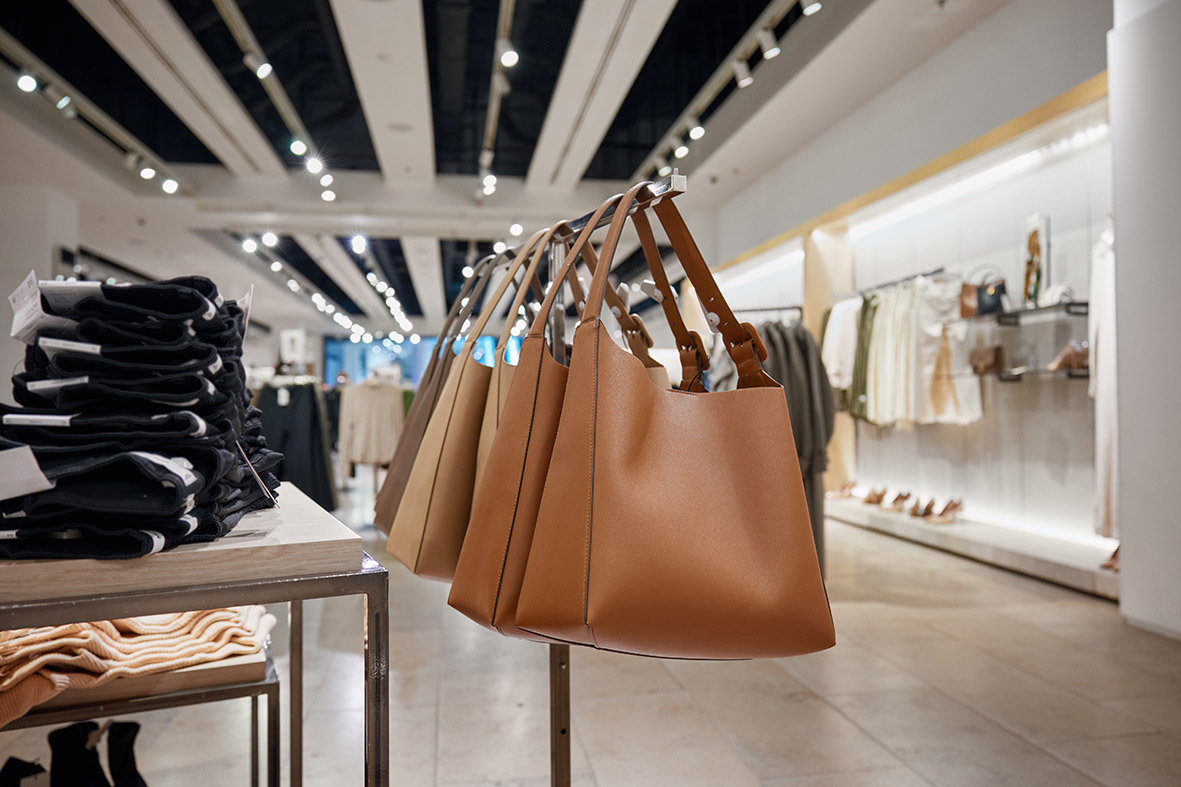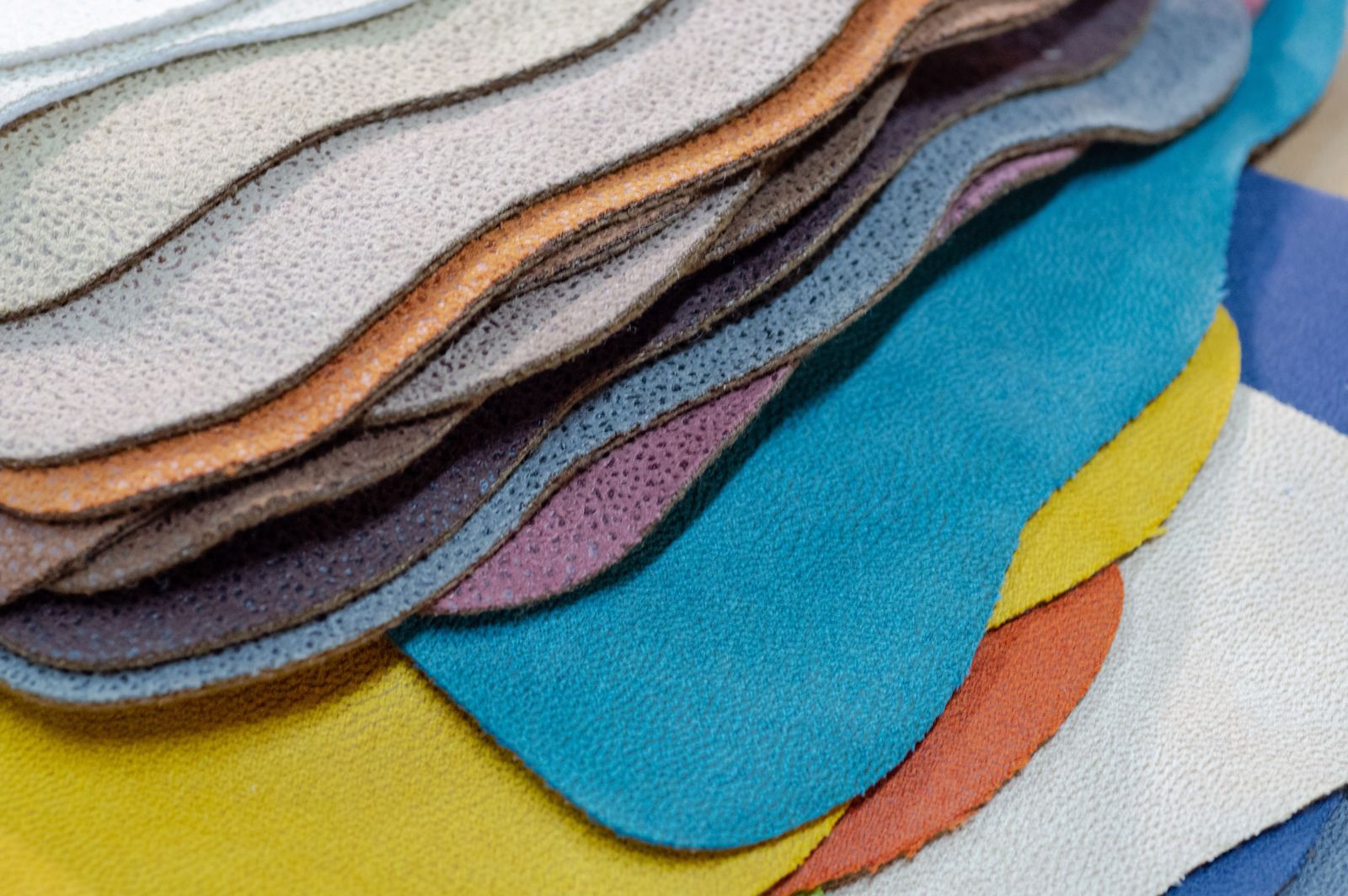
Timeless Craftsmanship: Italian Best Practices in Leather Accessories Manufacturing
Blog Thread SAF-04-10062025
Introduction: A Legacy Stitched in Excellence
Italy’s reputation for luxury leather accessories is not just about aesthetics—it’s a legacy built on generations of meticulous craftsmanship, deep-rooted traditions, and uncompromising quality. From the cobbled streets of Florence to the artisan studios of Milan, Italian manufacturers uphold a gold standard in leatherworking that inspires the world. Let’s explore the best practices that make Italian leather accessories truly exceptional.
1. Premium Raw Materials from Trusted Sources
Italian leather artisans prioritize material quality. Most rely on full-grain and top-grain leathers sourced from ethically raised European cattle. Tannery regions like Santa Croce sull’Arno are known for producing leather with rich textures and enduring softness, thanks to centuries-old knowledge combined with modern traceability.
Best Practice: Sourcing hides from certified farms and regulated suppliers ensures a consistent, high-quality base for luxury goods.
2. Traditional Vegetable Tanning Techniques
While many global producers use chrome tanning for speed, Italian artisans often favor vegetable tanning—a slower, natural process using plant-based tannins. This ancient method enhances the leather's character over time, producing a patina that tells a story with every touch.
Best Practice: Using time-tested vegetable tanning for durability, richness, and environmental sustainability.
3. Handcrafted Precision and Artisan Skills
Italian leather accessories are still often handmade, preserving the human touch. From hand-cutting patterns to hand-stitching handles, buckles, and edges, each product carries the signature of the artisan behind it. Small-scale workshops ensure that every item is a labor of love, not just production.
Best Practice: Upholding artisanal methods passed down through generations—each product is both art and function.
4. Innovation through Design and Detail
Italy is home to some of the world’s top fashion houses, and leather goods reflect that innovative spirit. From subtle embossing to cutting-edge hardware integration, Italian accessories are marked by functional luxury and modern style.
Best Practice: Blending heritage craftsmanship with fashion-forward design and precise detailing.
5. Sustainable and Ethical Manufacturing
Today’s leading Italian brands integrate sustainability into their core—using certified dyes, water recycling in tanneries, and biodegradable packaging. Many are members of the Leather Working Group (LWG) or adhere to ISO 14001standards, ensuring environmental and social responsibility.
Best Practice: Investing in eco-conscious processes without compromising on quality or authenticity.
6. Strict Quality Control and Global Standards
Every product undergoes meticulous inspection. Stitch count, edge burnishing, lining, zipper alignment, and color consistency are all carefully evaluated before export. Italy’s luxury goods law ensures that items labeled “Made in Italy” truly uphold Italian quality.
Best Practice: Enforcing rigorous quality checks at every production stage for global excellence.
Conclusion: The Gold Standard in Leather Craftsmanship
Italian best practices in leather accessory manufacturing are a symphony of tradition, precision, innovation, and sustainability. Whether it’s a hand-stitched wallet, a vegetable-tanned belt, or a bespoke handbag, Italy’s approach turns leather into legacy.
Choosing Italian craftsmanship means choosing timeless quality.




